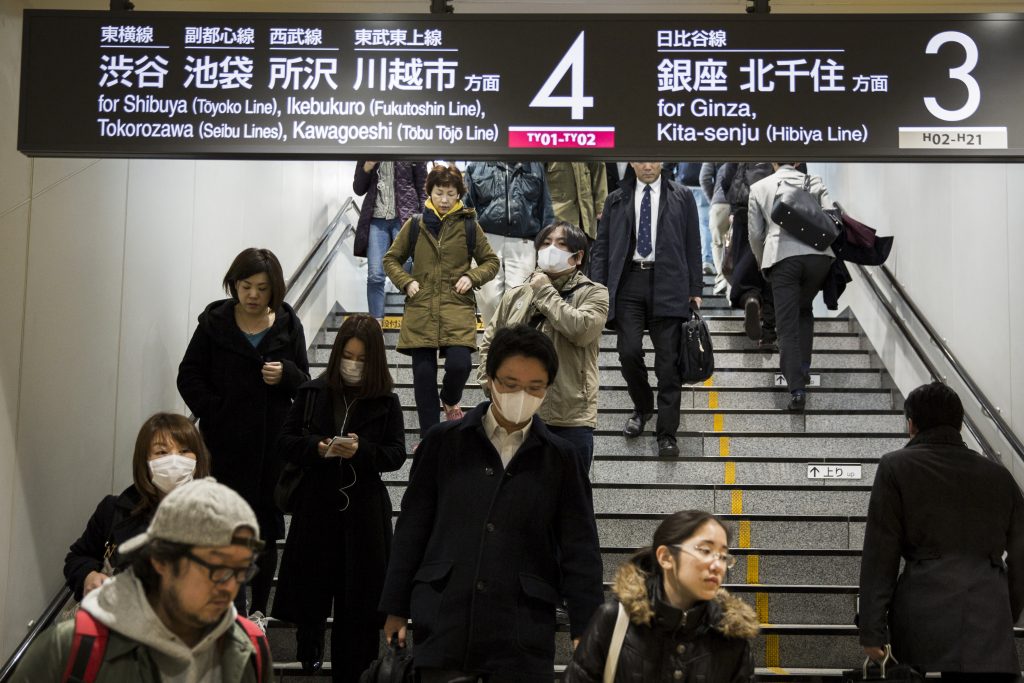
- ARAB NEWS
- 01 Jul 2025

Anthony Rowley
TOKYO: Is the world headed toward another Great Inflation like the one touched off in the 1970s by “oil shocks” that triggered a wave of wage and general price rises? And could inflation this time lead to sharp hikes in interest rates that provoke a stock market crash and a debt crisis?
Recent news reports showed that consumer price inflation in the US hit a 38 year high of 6.8 percent in November compared to its level a year earlier did not scare financial markets, which were braced for reading as high as 7 percent. But some economists fear that much worse things could be in store.
“I am very concerned about inflation,” former Chief Economist at investment banks JP Morgan Japan Securities and Merrill Lynch Japan Securities Jesper Koll said on Dec. 10 when the latest price data was released. “We are in for a significant ratcheting up of structural inflation,” he suggested.
The reason why structural inflation is seen as being even more menacing than “cyclical” inflation is that it is, by its very nature, a long-lasting phenomenon, whereas cyclical inflation is episodic (even though that can give rise to serious problems while the upcycle lasts.)
Many commentators have been referring to the current bout of inflation (which has seen rates surge to multi-decade highs in the US, Europe, and elsewhere) as “transitory,” which is widely taken to mean that its effects will pass through the global economic system quite soon.
They base this assumption on the fact that many price increases being felt now have been caused by interruptions in manufacturing supply chains vital to global production. The COVID-19 pandemic is behind this phenomenon, and the effects” will soon pass,” many analysts say.
Soaring energy prices – those of oil and natural gas especially – are bracketed as being among the “transitory” causes of inflation, although energy economists say these are largely due to long-term shifts in the composition of energy demand in the face of global warming.
Prices of other commodities ranging from lumber to a wide range of food items have also climbed steeply and those of critical services such as shipping and freight transport. These two are widely attributed to the “transitory” impact of the COVID-19 pandemic on logistical services.
Labor costs are another cause of inflation, especially in the US, and while this too is believed to be transitory, some say it reflects changing labor market dynamics. Goods price inflation will fade, but rising labor costs could persist, Credit Suisse Japan chief economist Hiromichi Shirakawa says.
The roots of rising inflation may go much deeper, some argue; what is needed, they say, is to take a look not only at why prices have been rising so fast recently (at retail as well as wholesale level) but also at why prices remained so low for so long in recent years or even decades.
“Massive deflationary forces” have been acting on the global economy for several decades, as Koll pointed out during a recent expert panel discussion held at the Foreign Correspondents Club of Japan in Tokyo. But many of these forces are now beginning to go into reverse, he warned.
He cited China’s decades-long boom in manufactured exports, which has transmitted deflation to the world but is receding now as Beijing emphasizes domestic consumption, plus other countries are “restructuring supply chains away from China” and incurring rising costs in the process.
The Internet has exerted massive deflationary pressure by reducing service costs, but growing official regulation is driving Internet costs up now. Meanwhile, demands on firms to meet ESG criteria that aim at slowing global warming are changing inflation dynamics and creating “greenflation,” Koll added.
On top of these structural changes, monetary authorities from the US Federal Reserve to the European Central bank and others have resorted to what Harvard economist Paul Sheard calls “dramatic injections of liquidity” after major economies suffered their worst plunge ever in the Covid pandemic.
Led by the Fed, central banks are now withdrawing these liquidity injections by cutting back their mass purchases of assets such as government and corporate bonds from the financial system. From there, they are widely expected to begin a series of interest rate hikes from early 2021 onwards.
That is when the crunch is expected to come. Years of easy money and low-interest record rates have pushed the prices of financial assets such as stocks and bonds and real estate to record levels, which has spurred consumption and underpinned a massive rise in borrowing.
There are signs that markets are growing nervous about what rising interest rates portend for stock prices, especially tech giants that dominate Wall Street. As analyst Jeffrey Halley at foreign exchange firm Oanda notes, tech stocks with “sky-high valuations” are most sensitive to rate rises.
While economists like Sheard and Shirakawa spoke at the Tokyo seminar of inflation likely peaking roughly at current levels in the first half of 2020 and then subsiding in the second half of the year, Koll suggested that the danger of inflation reaching “double digits” again cannot be ruled out.
He recalled that it had reached these levels in the 1970s and persisted for several years until former US president Jimmy Carter installed Paul Volcker as head of the Fed and chief inflation fighter. Some of the current factors could alter inflation psychology and lead to a repeat of the 1970s, Koll suggested.